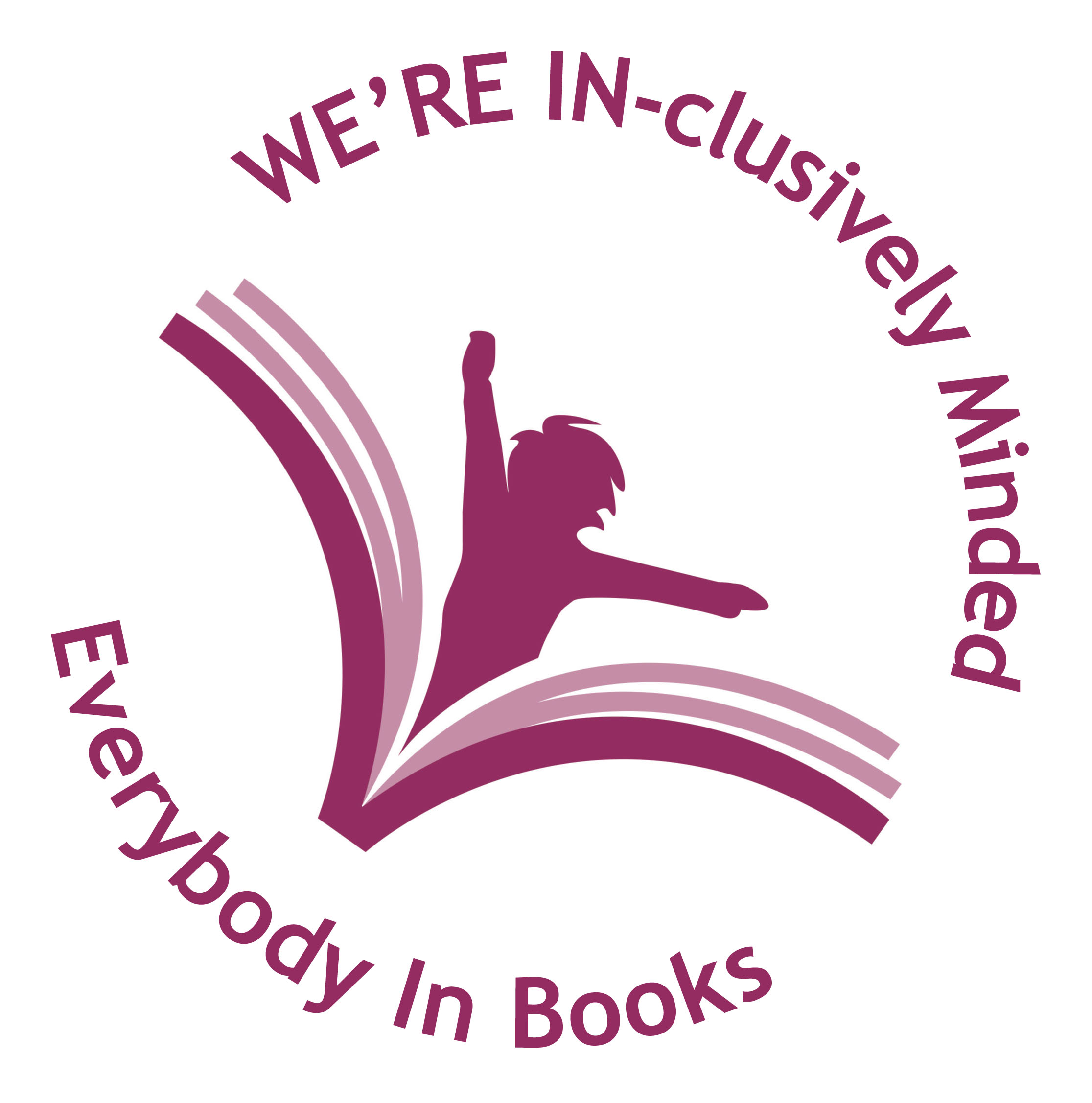Advice For Illustrators
The example commitments have been written to work across the children's book industry. Below are some suggestions for how you could apply them as an illustrator.
Example Core Commitments
Work towards all new books being authentically inclusive.
- When planning an illustration, think about what characters you could include.
- When drawing people from difference ethnic backgrounds, consider facial features as well as skin colour.
- Ensure you research any 'aids' that a disabled character might use.
- If drawing a crowd of children, ensure that they reflect our diverse society.
Actively promote and display books that are inclusive of a diverse range of characters.
- Look out for ways to ensure your more inclusive books are included in any promotional opportunities or events.
Attend/organise training, events and discussions around the areas of inclusion and diversity to motivate, educate and inspire.
- Attend events focused on inclusion and diversity.
- Encourage your publisher to organise events or discussions to promote and support your inclusive books.
Seek advice and consultancy to ensure that diverse characters are authentic.
- Ensure that illustrations featuring characters from marginalised groups are well researched.
- Work with people from the backgrounds you are depicting.
- Always research, never assume.
- Send inclusive illustrations to be checked for authenticity.
Carry out regular audits of books to assess inclusion and diversity.
- Consider what proportion of your books are inclusive or feature characters from marginalised groups and diverse backgrounds.
- Of the books that are inclusive, how authentic are the portrayals?
- Consider whether your drawings could be more reflective of our diverse society.
- Always strive to build on the inclusive nature of your artwork, looking out for ways to acknowledge any new or different facets of diversity.
Ensure that books and book events are accessible to as wide an audience as possible.
- Consider your use of colour and line, keeping in mind what a child with a visual processing difference would be able to see.
- If creating hand-illustrated text, consider how easy it will be to read, especially for those with dyslexia.
- If text is being added afterwards, consider where this may be positioned to ensure optimum size and contrast.
- Think about how tactile elements will be interpreted by a blind or partially sighted child.
Example Supplementary Commitments
For each book ask ‘Who is represented in this book, and how? Are the characters reflective of the world we live in? Is the representation authentic?’
- Make questioning an automatic part of the book writing process.
Discuss inclusion and diversity with colleagues and challenge those who downplay its importance.
- Make topics around inclusion part of your everyday conversations with fellow illustrators. Have discussions around stereotyping and accessibility. Consider why you personally believe that inclusion is important and use this as a starting point for conversations about its general importance.
Actively develop knowledge of different facets of diversity.
- Research and read around different facets of diversity.
- Follow relevant blogs and twitter feeds.
- Watch programmes about diversity.
- Attend events on diversity, not necessarily those aimed at the publishing industry.
Seek out and support those who create and curate high-quality inclusive books.
- Seek out authors from diverse backgrounds.
- Seek out authors who write well-researched inclusive books.
- Support booksellers who curate inclusive books.
- Submit to publishers who publish inclusive books and listen to their feedback and advice.
Sign up to relevant newsletters to keep in touch with developments.
- Sign up to the Inclusive Minds newsletter.
- Sign up to the CBC Diversity Initiative newsletter.
